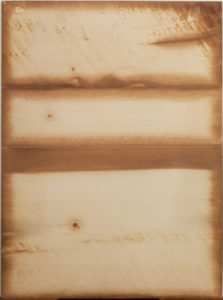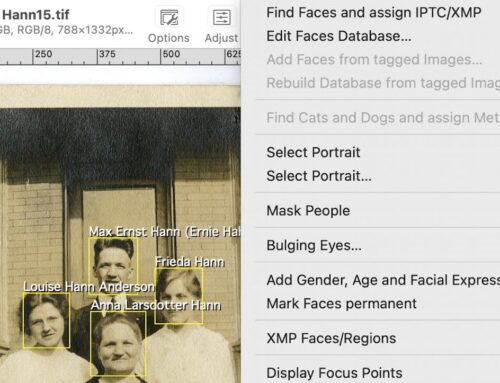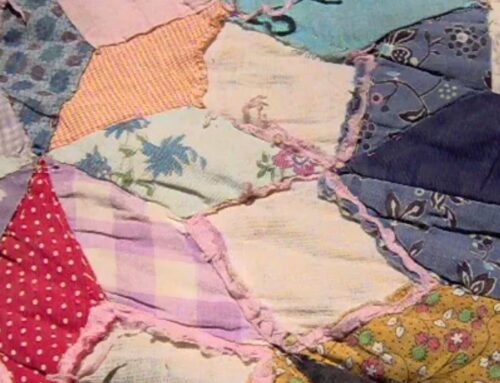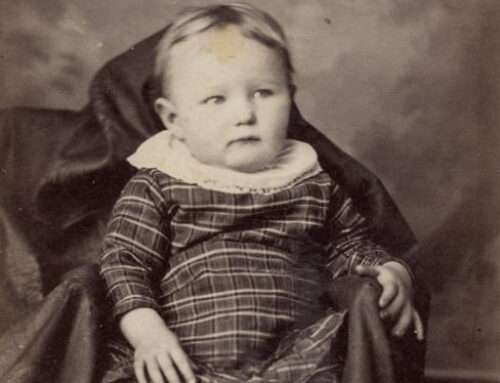Here are five simple steps to preserve family photos that you can do today.
I managed archival collections in public and academic libraries for several decades. When people would arrive at the archives with their precious and fragile family records and photographs, we’d ask five questions and make the following recommendations to family historians:
1. Move family records and photographs from your attic or garage into the house.
Paper-based records (and that includes photographs) do best in the same environment conditions that people enjoy. That means no storage in places where the temperature and humidity cycle between lows and highs, such as attics and garages. Archives and museums invest incredible sums to keep an ideal temperature/humidity balance. But it’s the extremes in temperature and humidity that cause the most damage. Keeping your family records in the house is the smartest, safest, and cheapest preservation tactic you can employ.
2. Move framed family photographs and records out of direct sunlight.
Even filtered through the windows of your house, sunlight can still cause a great deal of damage. Check to make sure (and recheck as the seasons change) that your family photographs aren’t getting daily doses of UV radiation from sunlight that, over time, will fade them permanently. UV radiation, which is emitted by sunlight and also from fluorescent bulbs, is particularly damaging to paper items. Non-glare glass in the frame is not enough to protect the photograph from direct sunlight.
3. Check the backs of vintage framed photographs and remove acidic backing.
Framers often used cardboard and scrap wood to back photographs in their frames. In some cases, we have seen photographs where the acid in the wood backing has reproduced the knotholes and texture of the wood perfectly … and ruined the photograph in the process. (see image at left) You can still use vintage picture frames. Just have your local framer replace the backing with acid-free materials. And no dry-mounting of photographs!
4. Check your new and vintage framed photographs to make sure that the glass doesn’t rest directly on the photographs.
Add risers or acid-free mats to keep air between glass and the photographic print. This will prevent an unwanted terrarium from growing in your framed family photographs.
5. Wear gloves when handling original family records and photographs or hold them only on the edges.
Those latent (invisible) fingerprints that CSIs are always dusting for? They’re created by moisture and oil naturally present in your fingers – and you leave them on your family records every time you touch them. At the very least, make sure your hands are clean and dry before handling paper items, as the oils from fingers can cause staining and eventual deterioration of the paper. Ideally, wear gloves when handling photographs and vintage or fragile paper records.
That’s it for five simple steps to preserve family photos that you can do today. For more Sassy Jane posts on caring for your family photographs and papers, click here. And for more help on Caring for Photographs from the Northeast Document Conservation Center, click here.






Thank you for the tips. I had forgotten about the acid backing in old frames. I just returned from an overseas assignment and am going through photographs that have been in storage for 5 years so this is a timely article.
Glad it helps. I’ve seen actual cedar shakes used as backing in vintage framed photos. It is to weep!
Hi Judy:
I’m flattered! I think this is my first Follow Friday referral. And all the way from Australia, too. I’ll be subscribing to yours as well.
I enjoy (and have learnt a lot from) your blog, so it was a pleasure to feature it in my ‘Follow Friday’ post at Genealogy Leftovers.
You’re welcome, Dr. Bill. Sorry to miss it.
Thanks for stopping by and commenting on the Bloggers at the Midwest Family History Expo – our first!
Bill ;-)
http://drbilltellsancestorstories.blogspot.com/
Author of “Back to the Homeplace”
and “13 Ways to Tell Your Ancestor Stories”
http://www.examiner.com/x-53135-Springfield-Genealogy-Examiner
http://www.examiner.com/x-58285-Ozarks-Cultural-Heritage-Examiner